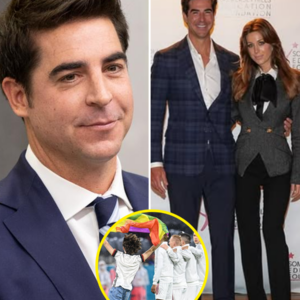‘I’ve seen the media portray me as a gangster, and sometimes I’m a cold individual, I’m just a person in the entertainment business’.

Somewhere inside Diddy was a child. In the impressions of his old friends, Diddy did not have many friends as a child, and even when he was with them, he was only daydreaming about the future. All of these details seemed to have nothing to do with the life Diddy was later convicted of, such as sex trafficking, abuse, and rape.
“My name is Sean Combs, a young black man, and my only dream is to be successful,” Sean Combs, better known by his stage name Diddy , said on a television show in 1997.
How is that possible, Diddy?
27 years later, Sean Combs has truly succeeded, becoming one of America’s legendary rappers and the owner of Bad Boy Records.
Until he was rounded up by the police in a scene not unlike a raid on a mafia boss.
And with what the public knows up to this point, perhaps Diddy is really a mafia boss.
He’s not just a “bad boy” like the name of the record label he founded, and Diddy’s case is not just a personal scandal to gossip about when we have free time.
In the TMZ documentary The Downfall of Diddy , there was a comment that when watching the video of the police raid on Diddy’s mansion, no one could believe it. Wasn’t this just a music star? How could an artist commit such a heinous crime?
For music fans of the 1990s, it’s certainly harder to connect the image of Diddy first shining on the MTV stage in a tribute performance to the great rapper Notorious BIG with the rap I’ll be Missing You with a sample of Sting’s song Every Breath You Take with the image of the recently arrested man.
00:04:31
Puff Daddy – I’ll Be Missing You
Diddy was dressed head to toe in white, dancing while Sting sang, and when it came to his rap, he moved everyone with his heartfelt lyrics for his late friend.
The recording I’ll be Missing You spent 11 consecutive weeks at number one on the Billboard Hot 100, selling nearly 10 million copies – becoming one of the best-selling singles of all time.
Critics have determined it to be one of the defining tracks of the 1990s hip hop sound.
Does art have any connection with evil?
The 2017 documentary Can’t Stop, Won’t Stop: A Bad Boy Story about the birth and widespread cultural impact of Bad Boy Records features a room in Diddy’s mansion: a room dedicated solely to candy.
Dozens of glass boxes are displayed on tables and shelves, reminding us of Willy Wonka’s chocolate factory in the children’s novel by Roald Dahl.
Impeach Diddy, it’s the duty of justice.
But after the crime has been determined, the question must be asked: what makes a man whose starting point is perhaps not so special?
These themes have been pondered by everyone from Oscar Wilde in The Picture of Dorian Gray to Edgar Allan Poe in The Fall of the House of Usher. But in the end, when we witness the real story, we still find it difficult to come to the ultimate answer.





